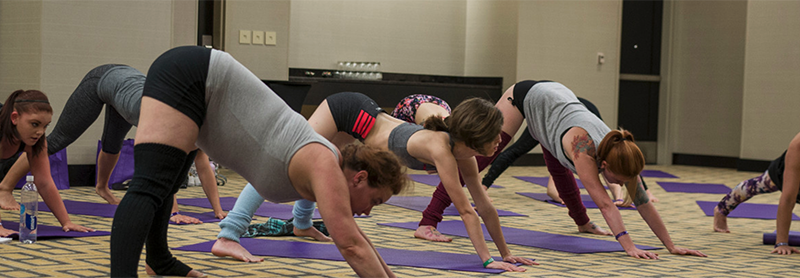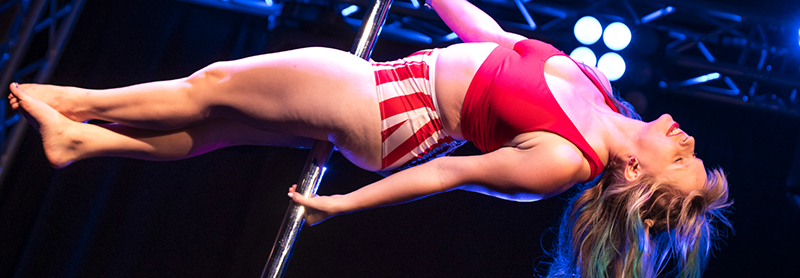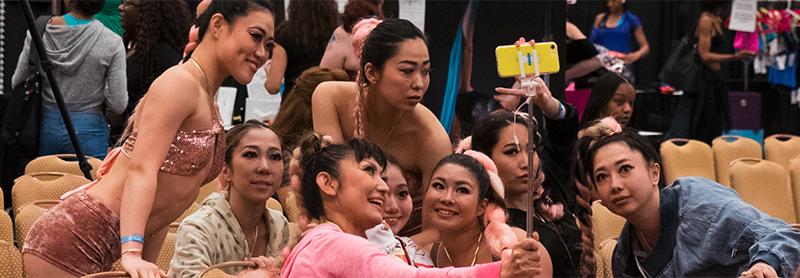Jumping back in time to the very first IPIA webinar (IPIA members can watch the…

What are Artist Residencies?
In the world of “traditional” dance, there are various types of artist residencies.
There are teaching residencies, choreographic residencies, research residencies, and hybrids.
Keep reading to find out a bit about each of them and see if you’d like to host a residency at your studio or participate in one as a performer or instructor.
What are the Different Types of Artist Residencies?
Teaching Residencies
A teaching residency is a type of residency where you go to a studio to teach your specific style of dance.
You work alongside the full time instructors and get to experience how other studios are run, expanding your horizons as an instructor, while also sharing your style with a new student base.
Choreographic Residencies
A choreographic residency is a type residency where the artist gets to focus on their art.
The resident is often given studio time, mentoring, and performance opportunities. Choreographic residencies may require the artist to have a final product at the conclusion of the residency. These residencies are typically aimed at the mid-career dancer
Research Residencies
Research residencies are typically offered for early career artists, but anyone can benefit from them. They often offer studio space, mentorship, and performance opportunities to support the creative process of a movement-artist.
Hybrid Residencies
Hybrid Residencies combine aspects of 2-3 of the other residency types for artists to get the most out of their residency experience.
What are the Time Frames for Artist Residencies?
Residencies vary in length depending on type and who is hosting them ranging from two weeks to one year.
What do Artist Residencies Pay/What do They Cost?
The different types of residencies had varying amounts of financial obligation and support.
For the most part, teaching residencies included a small stipend since the artist will be teaching classes in addition to working on their own art. Choreographic and research residencies often offer fundraising assistance but do not pay the arts.
What Does This Mean For Pole?
In our research, we were only able to find one pole-specific residency that was clearly advertised online (this one at Body and Pole in New York). There may be others offered by artists to studios rather than studios or organizations offered to artists.
Pole dancers can absolutely apply for mainstream dance residencies, one research residency from the traditional dance world we came across (here) culminated in a pole dance performance art installation at the New Museum in Brooklyn, NY and featured IPIA Webinar host Roz the Diva.
This also means there is a gap to be filled in the pole community.
As a community, we have to ask ourselves: Are residencies something we want?
If yes, how do we get them started? What types of residencies do we want as a community?
All these questions will likely have different answers depending on if you are a studio owner, instructor, performer, instructor, SW, or cross section of those demographics.
Real Life Artist Residency Experiences
We reached out to some movement artists for their experience with residencies.
Dance Educator:
The first person we reached out to is a full time dancer working in academia. They have done teaching residencies and hired for teaching residencies. Residencies in academia are different from residencies for studio dancers. For the residencies where they were the artist in residence, they felt these experiences really expanded their horizons. The residencies allowed them to see how other institutions are run and re-evaluate their own teaching practices. They were able to take things they learned at their residency and apply it to their teaching. Sometimes the new method worked for their students, and sometimes it didn’t. Each student population will be different.
They stated that when they hired for residencies, their focus was on filling a gap (either with dance style and/or cultural representation).
We asked what advice they would give to an artist applying to a residency and their reply was “know your why.” Any reason is a good reason to apply for a residency, but knowing your motivation will allow you to get the most out of your residency and direct your towards residencies that vibe with your goals.
Circus Educator:
The second person we reached out to has a 9-5 and teaches aerial arts on nights and weekends. She has done an aerial arts residency in Mexico. She describes her residency as a “circus intensive” with a class-based program where she was able to learn a variety of aerial arts. The location where she completed her residency also offers professional programs that sound more like choreography and research residencies.
For her experience, she took classes and received mentorship but also had a side-project where she produced a short film combining poetry and circus. A completed project was not a requirement of her residency.
For this residency, she had to pay for room and board but got unlimited access to training space. Residents were also expected to assist with chores. She notes her experience was likely different from how the residency program runs currently since she was a resident during the world-wide lockdowns caused by the COVID-19 pandemic.
Circus Performer and Educator:
The third person we reached out to is a full time circus performer and coach who did her residency at a well known circus school. For this residency, she did have to pay a fee to attend in exchange for open training time and a discount on private lessons.
This residency is priced on a sliding scale depending on how many days of opening training time the artist wants to reserve.
She stated the biggest benefit of this residency was having the guaranteed private training space and the discounted private lessons. This allowed her the time and space to explore her art and focus on act creation.



